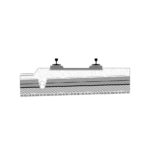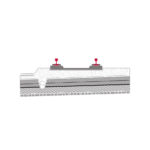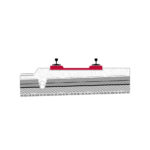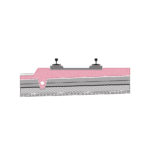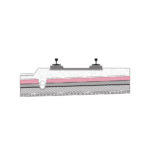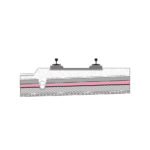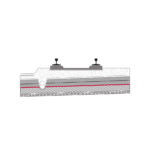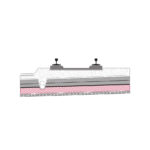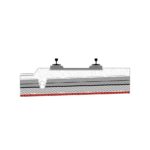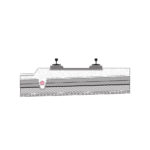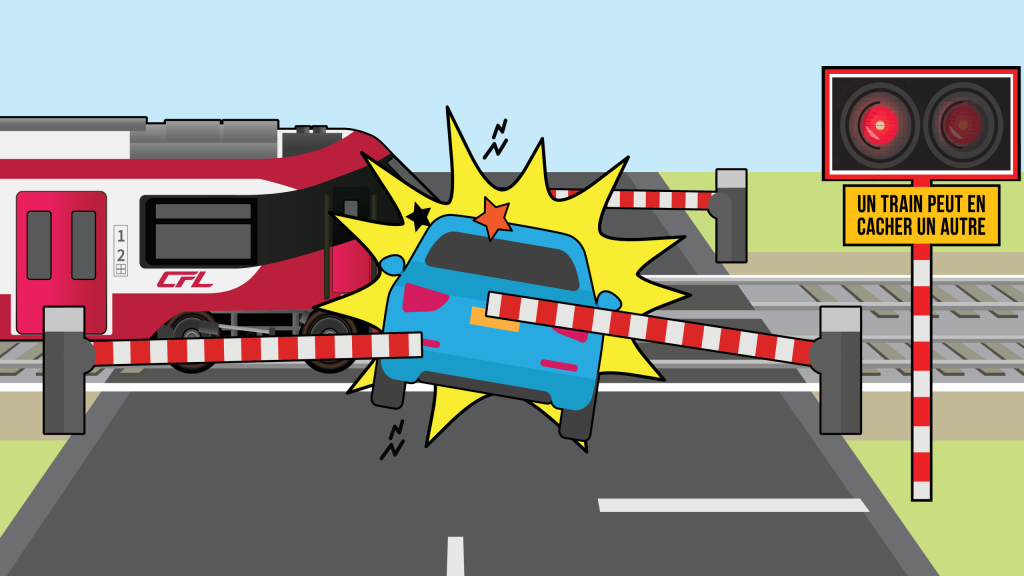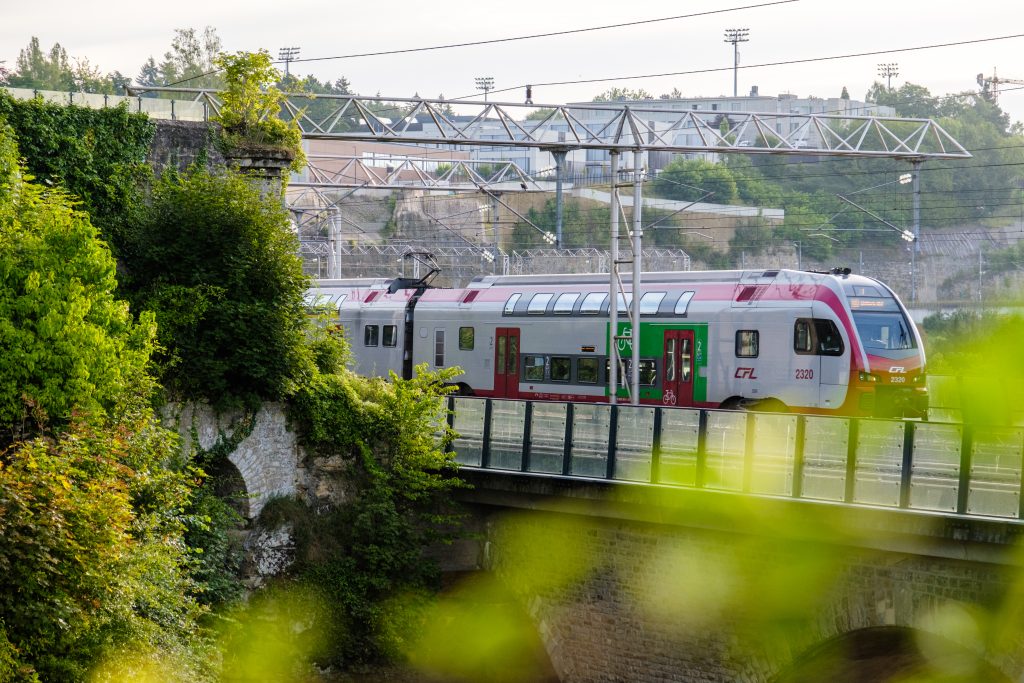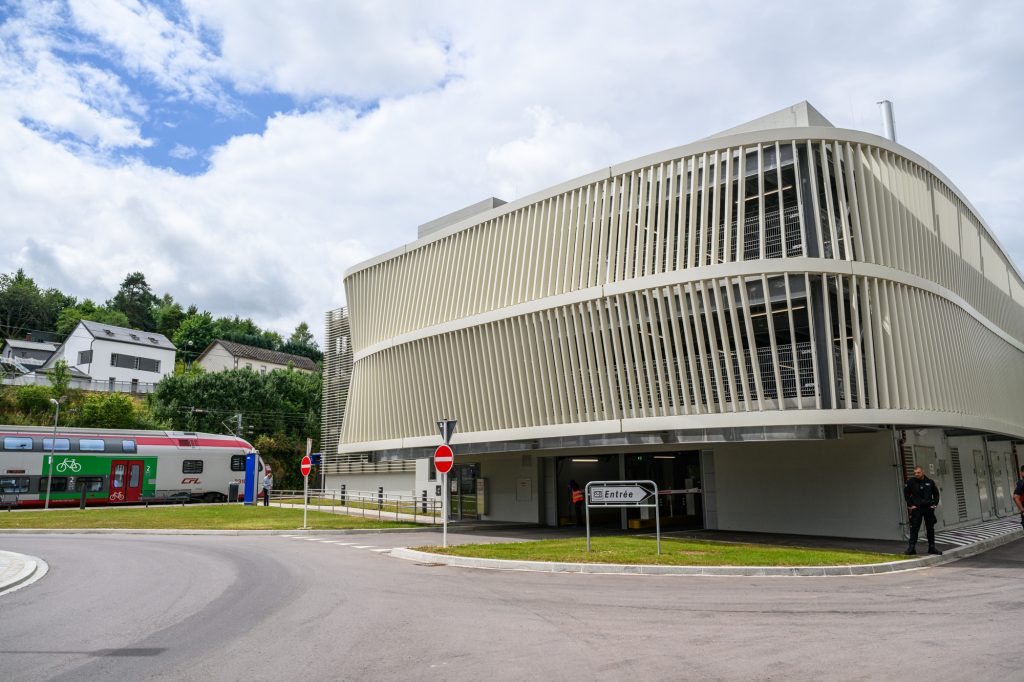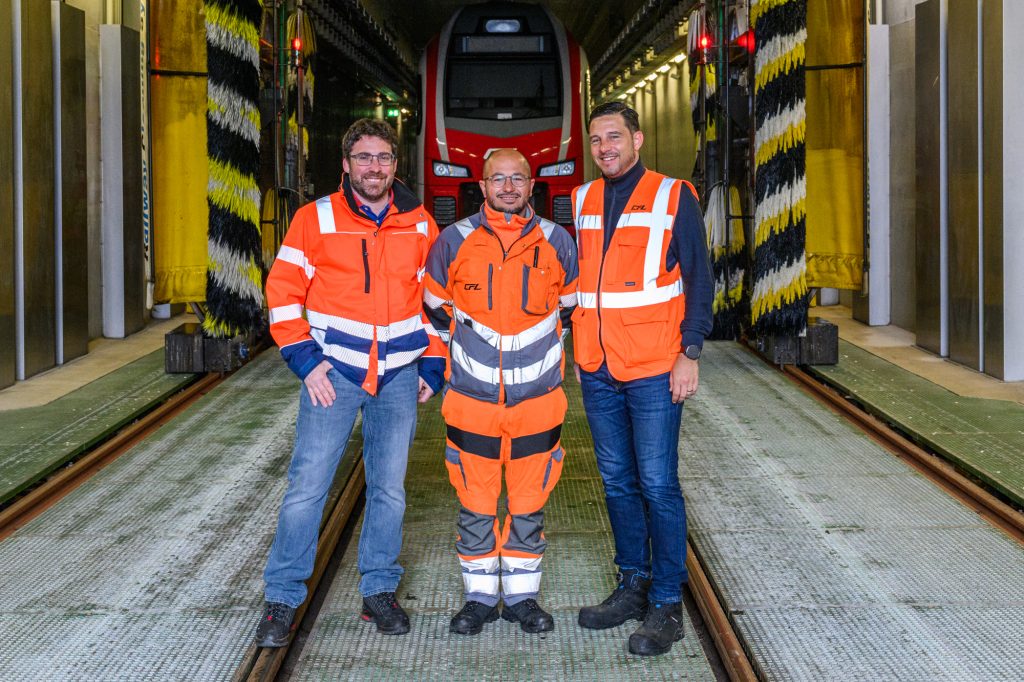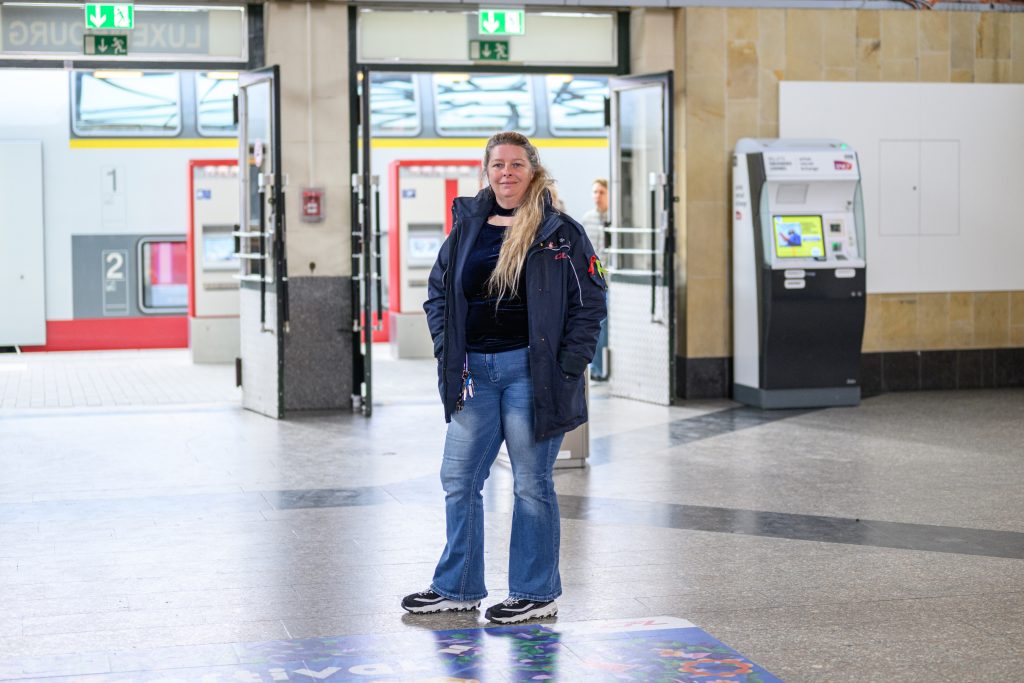
Simply explained
30 April 2018
1 minute
The track
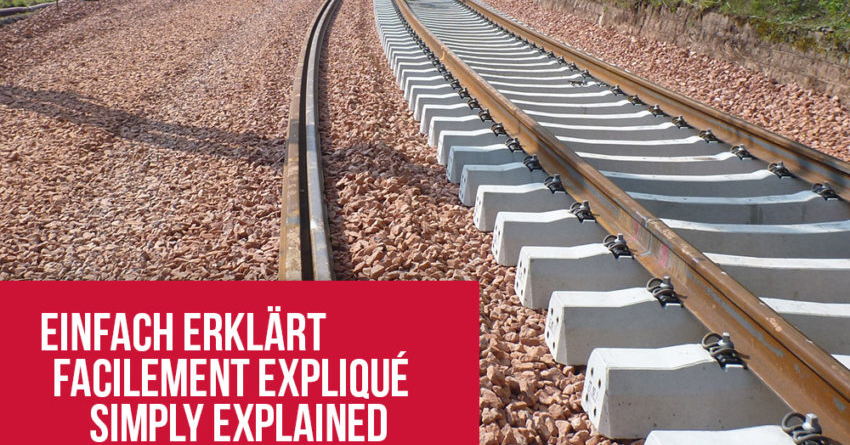
Over 1.000 passenger and freight trains run over the rails of the national railway network every day. In order to assure that the wheels of the locomotives and wagons can keep on spinning, the rails have to be regularly serviced or replaced.
Beside the rails, numerous other elements contribute to the fact that the rolling stock can reach their destination.
Happy reading! #simplyexplained
- Illustration: rail
- Rail: shaped steel bar. Two parallel rails resting on a sleeper form a track. The track serves both as a guide and as bearing support for rail vehicles
- Sleeper: wooden or concrete component installed under the rails, transferring the loads of the vehicles running on the tracks to the ballast and maintaining the track gauge and the canting of the rails
- Ballast: bed of natural stones or blast furnace slag on which the track rests
- Sub-layer: adaptation layer inserted between the ballast and the subgrade which ensures the stability of the ground, limits vibrations when trains pass by and provides drainage in order to prevent rain water from stagnating in the superstructure
- Sub-layer, part 2: adaptation layer inserted between the ballast and the subgrade which ensures the stability of the ground, limits vibrations when trains pass by and provides drainage in order to prevent rain water from stagnating in the superstructure
- Geotextile: woven or non-woven wefts in synthetic material used to create a waterproof physical barrier between the natural ground and the sub-layer
- additional layer of crushed gravel (if poor load bearing capacity of subgrade)
- Subgrade: upper part of the earthworks supporting the sub-layer, made up of piled up soil (embankment) or existing soil (excavation)
- Drainage: system which collects and evacuates run-off, seepage or underground water
